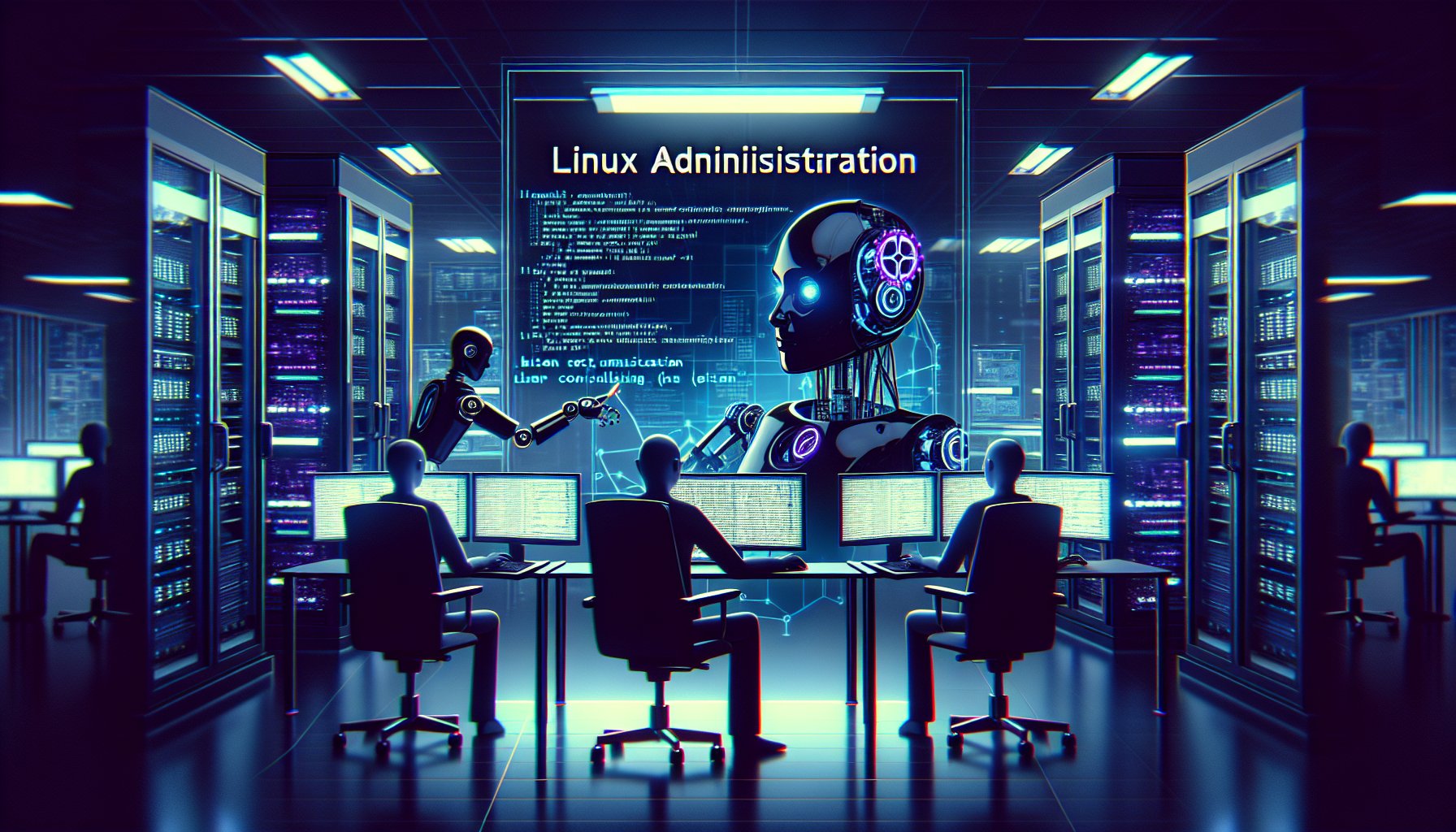Introduction
Welcome to the future of Linux administration! As we continue to see unprecedented advancements in technology, understanding and mastering Linux administration becomes increasingly critical for developers, IT professionals, and businesses alike. This post will delve into the latest versions, innovative solutions, and emerging trends in Linux administration.
Embracing Containerization and Serverless Computing
Containerization has become a cornerstone of modern Linux administration. With tools like Kubernetes, Docker, and Podman, Linux administrators can manage applications more effectively, ensuring scalability and reliability. These tools offer a lightweight, secure, and isolated environment for running applications, reducing the chances of system conflicts and improving system resource utilization.
Alongside containerization, serverless computing is transforming how we manage and deploy applications. Serverless architectures allow developers to focus on writing code without the need to manage the underlying infrastructure. This paradigm shift is gradually being adopted in Linux administration, with open-source projects like OpenFaaS gaining momentum.
Automation: The Key to Efficiency
Automation in Linux administration has transitioned from a luxury to a necessity. With tools like Ansible, Puppet, and Chef, repetitive tasks can be automated, freeing up time for administrators to focus on more critical tasks. Moreover, these tools also ensure consistency across multiple systems, reducing the chances of human error.
Ansible: A snapshot
---
- name: Update all packages
hosts: all
become: yes
tasks:
- name: Update and upgrade apt packages
apt:
update_cache: yes
upgrade: yes
This simple Ansible playbook updates all packages across all systems, showcasing how automation can simplify repetitive tasks and maintain consistency across different systems.
Cloud-Native and Edge Computing: Redefining Linux Administration
As businesses continue to shift towards cloud-native architectures, the role of Linux administrators has evolved. Managing cloud-native applications often requires understanding of Kubernetes, Helm, and other cloud-native technologies. Furthermore, edge computing has opened up new avenues for Linux administration, pushing computation and data storage closer to the location where it is needed, improving response times and saving bandwidth.
DevOps: Bridging the Gap
DevOps practices have become integral in modern Linux administration, bridging the gap between development and operations. Continuous Integration/Continuous Deployment (CI/CD) pipelines, infrastructure as code (IAC), and monitoring & logging practices are all part of a Linux administrator's toolkit in a DevOps environment.
Conclusion
The landscape of Linux administration is continually evolving, driven by the adoption of modern development methodologies and emerging technologies. Embracing containerization, serverless computing, automation, cloud-native, edge computing, and DevOps practices is no longer optional; they are the keys to staying current in the ever-evolving world of Linux administration. As we continue to move forward, continuous learning and adaption are the names of the game for every Linux administrator.
